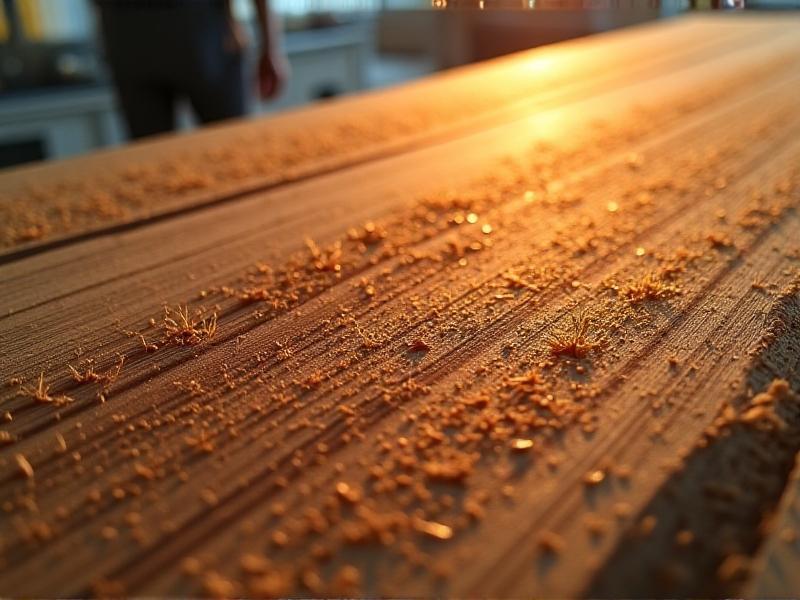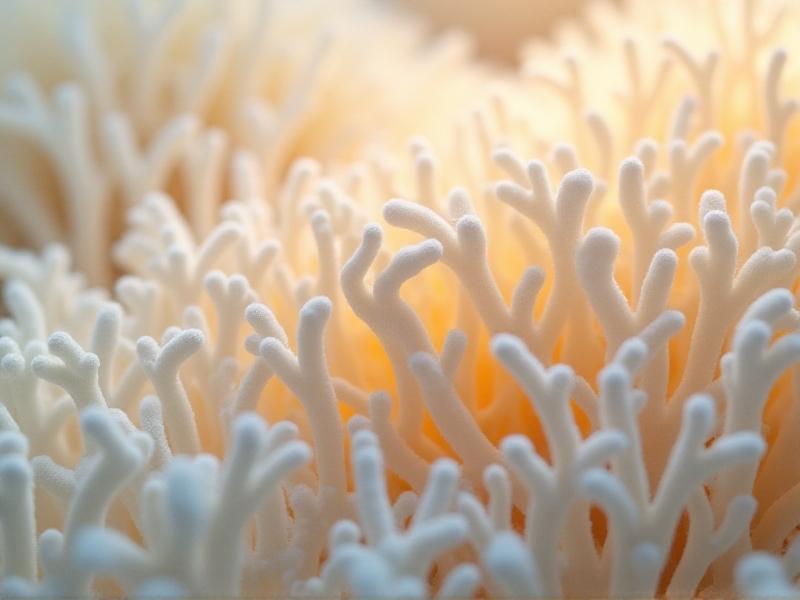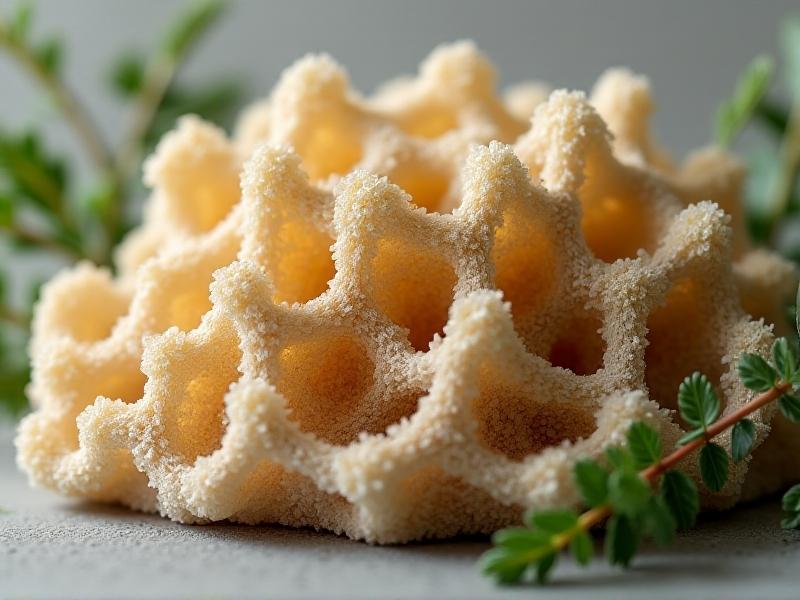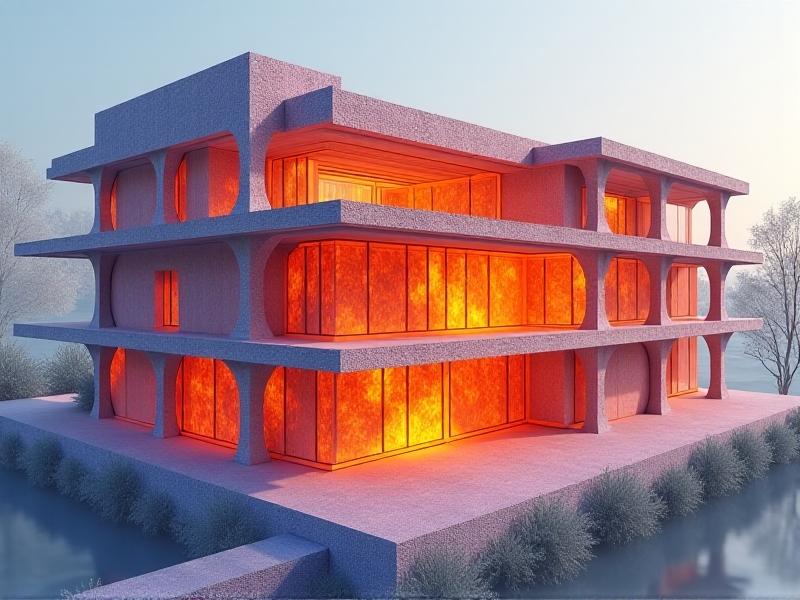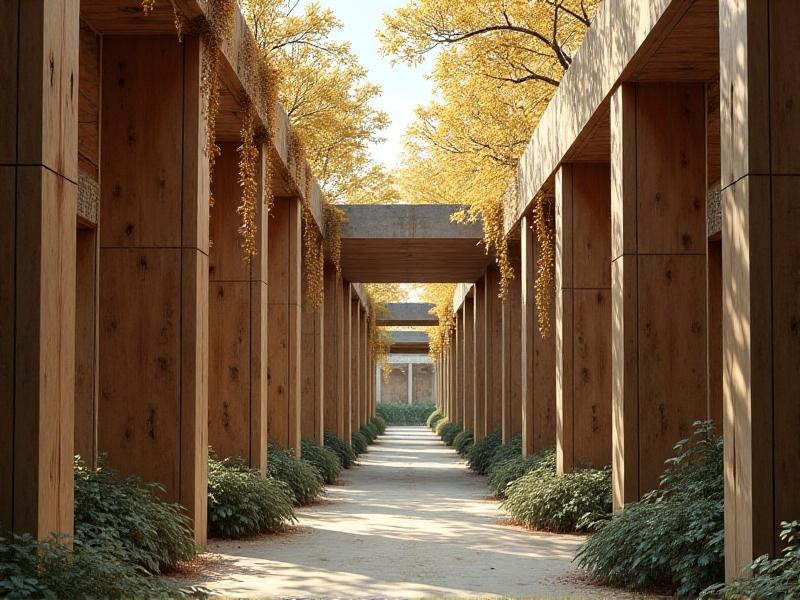Indoor Air Quality Standards for Mycelium-Integrated Homes
The Rise of Mycelium-Integrated Homes
Mycelium, the root structure of fungi, has emerged as a revolutionary material in sustainable architecture. Its unique properties, such as biodegradability, strength, and insulation capabilities, make it an ideal candidate for eco-friendly home construction. As the world shifts towards greener living solutions, mycelium-integrated homes are gaining traction. However, with this innovation comes the need to address indoor air quality (IAQ) standards to ensure these homes are not only sustainable but also healthy for occupants.
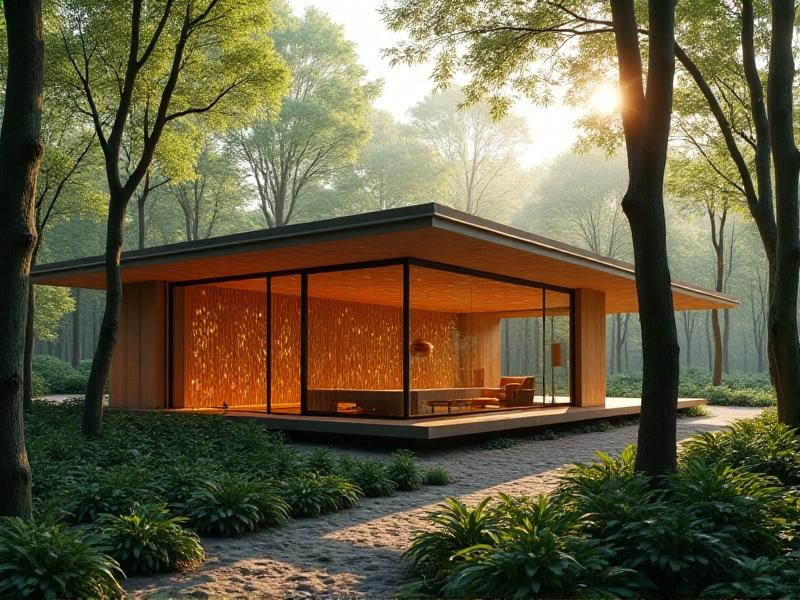
Understanding Indoor Air Quality in Mycelium Homes
Indoor air quality is a critical factor in maintaining a healthy living environment. In mycelium-integrated homes, the organic nature of the material introduces unique considerations. Mycelium is porous and can absorb moisture, which may lead to mold growth if not properly managed. Additionally, the natural decomposition process of mycelium could release spores or volatile organic compounds (VOCs) into the air. Understanding these dynamics is essential for setting IAQ standards that ensure safety and comfort for residents.

Challenges in Maintaining Optimal IAQ
While mycelium offers numerous benefits, it also presents challenges in maintaining optimal indoor air quality. One major concern is humidity control. Mycelium’s ability to absorb moisture can create an environment conducive to mold and mildew. Proper ventilation and moisture barriers are essential to mitigate this risk. Another challenge is the potential release of spores during the material’s lifecycle. While mycelium spores are generally harmless, they can trigger allergies in sensitive individuals. Addressing these challenges requires a combination of innovative design and rigorous IAQ monitoring.

Setting IAQ Standards for Mycelium Homes
Establishing IAQ standards for mycelium-integrated homes involves balancing sustainability with health and safety. Key parameters include humidity levels, VOC emissions, and particulate matter concentration. Standards should also account for the material’s lifecycle, ensuring that air quality remains stable over time. Collaboration between architects, engineers, and health experts is crucial to developing comprehensive guidelines. These standards will not only protect residents but also promote the widespread adoption of mycelium as a viable building material.
Innovative Solutions for IAQ Management
To address the unique IAQ challenges in mycelium homes, innovative solutions are being developed. Smart sensors can monitor air quality in real-time, providing data on humidity, VOCs, and particulate matter. Advanced ventilation systems can regulate airflow and prevent moisture buildup. Additionally, researchers are exploring treatments to stabilize mycelium and reduce spore release. These solutions, combined with proper construction techniques, can ensure that mycelium-integrated homes meet the highest IAQ standards.
The Future of Mycelium-Integrated Homes and IAQ
As mycelium-integrated homes become more prevalent, the focus on indoor air quality will only intensify. Continued research and innovation will drive the development of new materials and technologies to enhance IAQ. Public awareness and education will also play a vital role in promoting the benefits of mycelium homes while addressing potential concerns. By prioritizing health and sustainability, mycelium-integrated homes can pave the way for a greener, healthier future.

